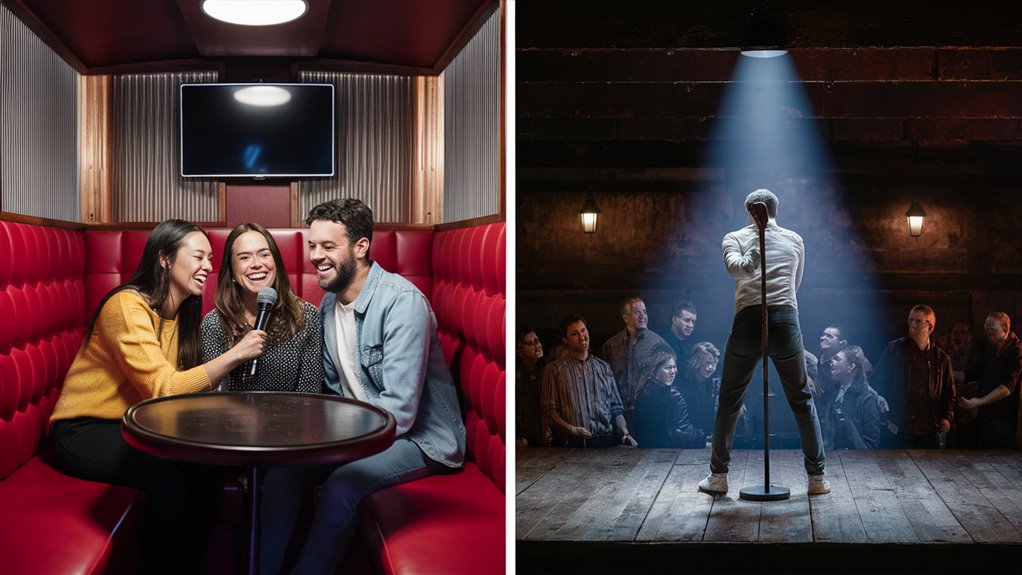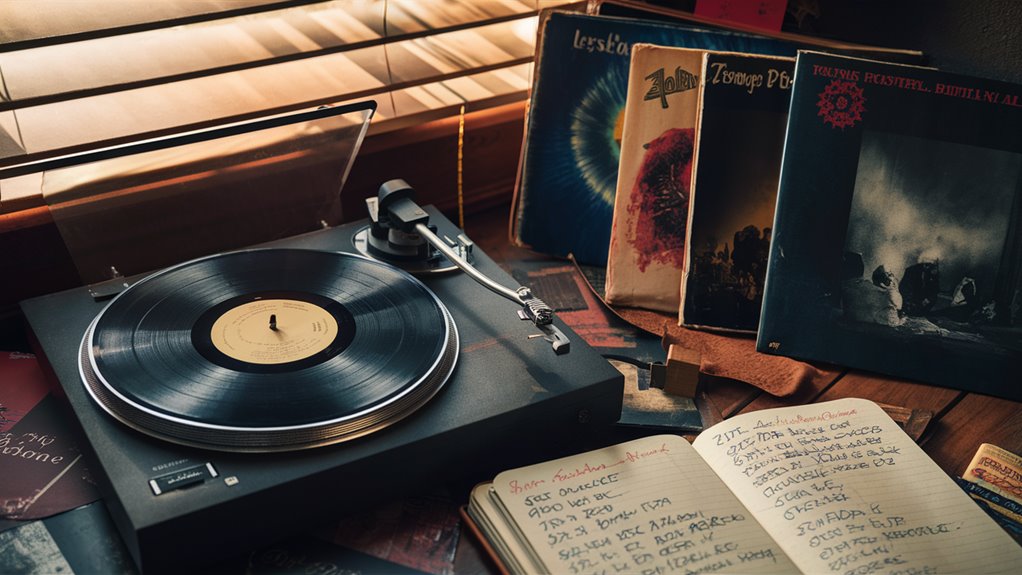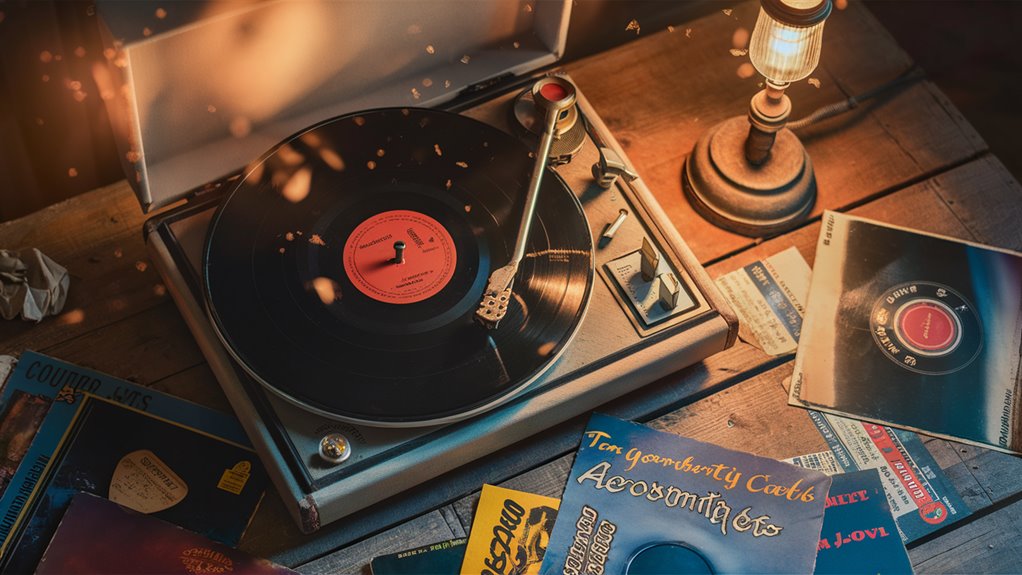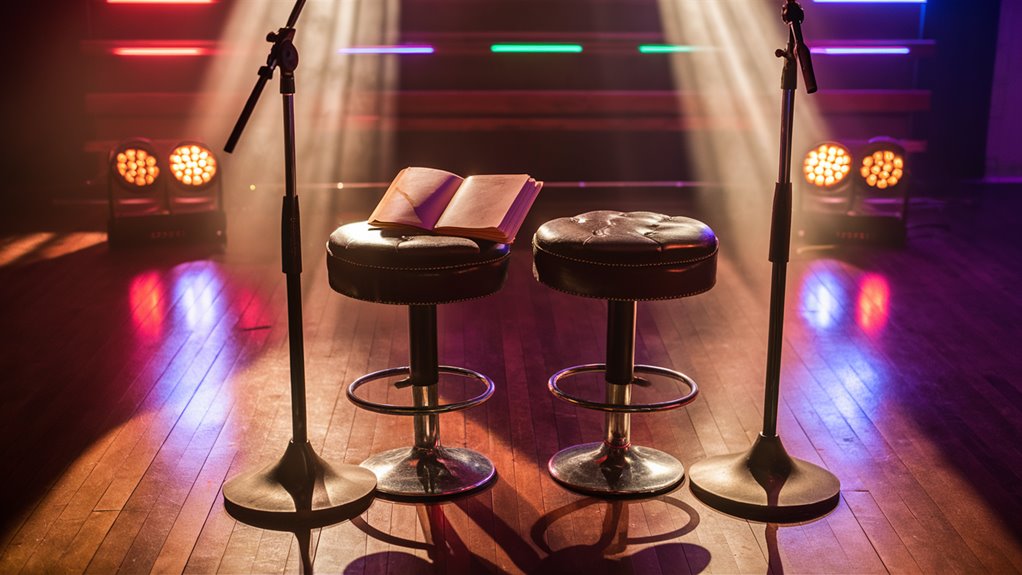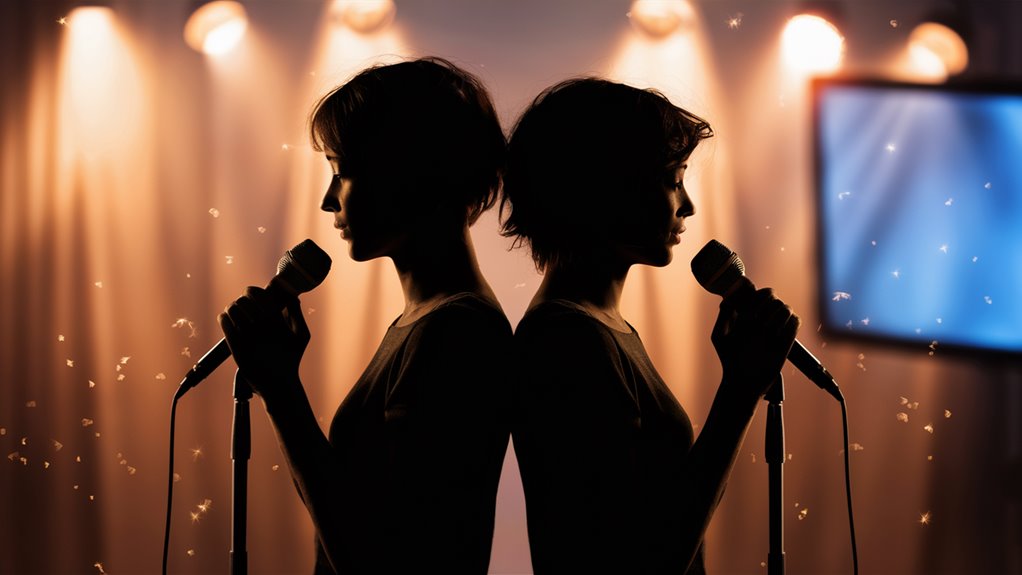Private Karaoke versus Open Mic: Which Is Right for You?
Seeing entertainment options your way
Private karaoke and open mic nights entail different activities both for talented people or even listeners. Each place has its own goal and group of clients, so we must understand their characteristics before picking.
Private Karaoke Experience
Private karaoke places provide a more controlled environment and specially featured gear, services. $30-100 per hour gets you in the door with the following facilities:
Soundproof booths
Professional sound apparatus
Vast song library
CD lyric
Soda machines, stores
Open Mic Performing Environment
Venues typically feature free admission and the chance to perform
Live audience
Hooking up with numerous people in the entertainment industry
A platform to perform original music
True-stage experience
Professional sound equipment
Choosing on the Basis of Your Goal
For Casual Entertainment
Whom Private Karaoke Suits Best:
No pressure atmosphere
Bonding with friends
Building of self confidence
Trying new things on
Controlled environment
For Professional Training
Open mic nights provide performers with the following:
Chances of getting into the entertainment world
Exercises at performing
Response from audience
A platform of original music
Opportunities for professional growth
Your choice in the end comes down to whether you are leaning more toward casual entertainment or professional development in your musical journey.
The Social Experience
Comparing Social Venues: Karaoke Bars versus Open Mic Nights
Understanding interactive environment
Karaoke bars and open mic venues set out a far different atmosphere of society. A karaoke establishment is where groups of people hurry in for a shared way to have fun all together, regardless how well or poorly everyone is doing. The air echoes with “Don’t Stop Believin'” in joint cheer.
Dynamics of Performance and Audience Participation
Open mic venues create a more purposeful environment, attracting wholehearted performers and listeners. Between numbers the audience remains silent and attentive, giving room to both original compositions and old cover tunes.
Songs-Based Performance of Karaoke and Open Mic
Respectively, karaoke or open mike environments inevitably draw fellow musicians. Wherever musicians meet up their shared profession can become strong networks rather than mere recreation outlets.
Social Behavioral Patterns
Karaoke venues prove adept at bringing people together. Interpretation can be spontaneous, or it may rely on group performances and strangers. But at open mikes the emphasis shifts to meaningful musical techniques discussions, equipment specification inquiries and artists’ original compositions.
These two kinds of stage serve equally significant social functions at different times: the karaoke bar appropriates the after-hours atmosphere characteristic of Hankyu bus service hotels for refined relaxation both erotics society l aside from whilome heroes as well as party rooms on Saturdays, while one open mike location “Classroom” emerges not only infrareviably popular among students but also serves most of Osaka’s student community.
Dynamics of Performance and Anxiety
Performance Anxiety: Karaoke Vs Open Mic
Understanding Performance Pressure
Different social environments of performance means different levels of anxiety for the performers.
At the lua Gala Kebar, they introduce more supportive methods: only a few lampoons and on-screen lyrics are needed as necessities for good performance.
The relaxed friendly atmosphere also convinces even those initially hesitant performers to participate – as they see others who must make a little show of their talents with optimistic good energy seconded by fellow audience members.
Open Mike Performance
Open mike settings generate performance time pressure by several means. Performers need to use original material, or songs which are hits of the day without any high-tech help cushioning the fall that guests might expect from them.
Pro Musicians and Experienced Performers
Knowing their naked skill and preparation must bear the entire load during the pre-show period makes the seasoned pro or established figure edgy.
Coping with Performance Anxiety
Wire Drawing and Setting Performance
The essential difference lies in the audience’s expectations and outlook: Karaoke places foster a group spirit where slip-ups bring encouragement. On the other hand, the open mike locale poses a more severe performance standard for artists and staff A Complete Guide to Booking a Karaoke Room Hassle-Free members alike.
Anyone who Dreads Going Onstage
Being aware of your real strengths as a player, however means moving ahead to tackle.
Where Can You Sing a Ballad?
Karaoke venues have songs from a pool that frequently runs in the hundreds or thousands of tracks. There are many more of the former. The latter are a major shortcoming for alternative music venues.
When it comes to performance time, an open mic gives you much more song choice but has very strict time allocation methods:
One can sing anything in any time place. However:
Public Music Requirements Venue provided Standardized tracts on a Lib Tech Hard Rock/8-Track Recorder Blinkfrequency mixing systems–brand Fiorel Std Professional sound Mixing machines equipped for voice and accompaniment
Song guarantee requirements
Just because songs are what you’re doing, that’s no excuse not to be prepared. Outdated Stereo pan the CD aside while the Singles stage mp3 way places will not cut it. List your selected songs in advance–all decent live performance demands a mini selection process.
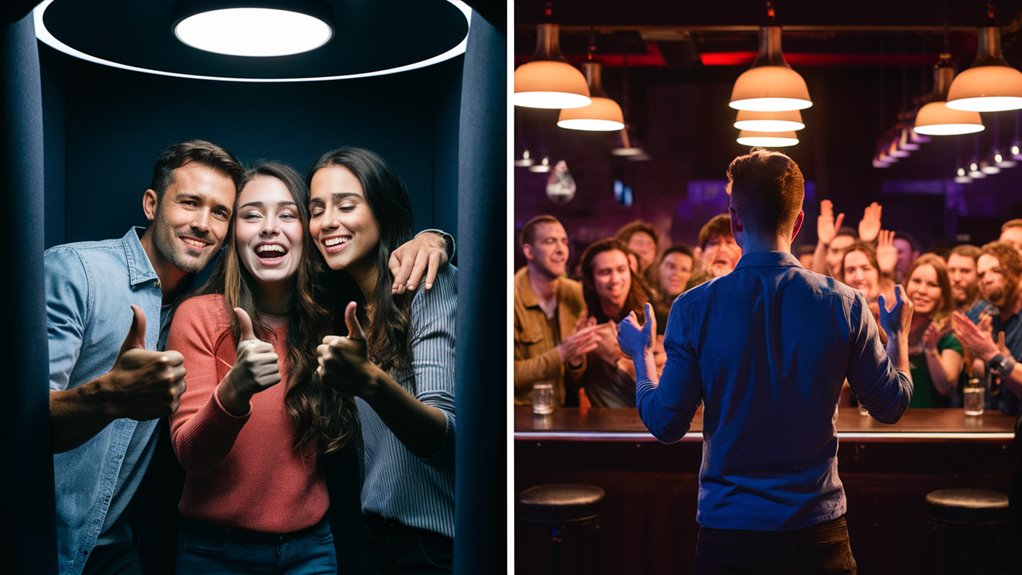
Karaoke systems typically allocate:
Each rotation includes one song Hard to say when multiple opportunities will be available Line ups are quite standard, averaging 3-4 minutes
Accompaniment considerations in music
Karaoke Setup
Pre-recorded backing music
Music is hardly ever standard
Open Mic Chant
My idea of a lullaby sounds like: “The way I see it you must sing” not “how wonderful I’ll take some rest.” Listening to oneself is always a delightful experience and all the girls in a half-starred hotel were listening to me sing one night.
Song selection preparation
When moving between systems, it is essential to prepare your song arrangements. Another crucial point is that singers must be aware of the differences in tempi.
Cost is a big consideration for performance venues as well.
Karaoke Venue Costs
For your average private room karaoke, costs range from $30-$100 per hour. However, several people can go in on this cost together. At public bar clubs, they generally charge cover fees of 5-10 dollars plus the expected platinum drinks ticket of around $90. This becomes a whole gamut very quickly to say that some poor guy who has just started making his living as a singer cannot drive away from it.
The financial status of open mic performances
Open Mics are where you go when things are slow. Busy hours mean lots of people and lots of music, which makes more customers for everyone on days that normally do no business. https://getwakefield.com/
Liability
Karaoke costs
Weekly room rental prices
Drink minimums required
Cost of transportation
Open Mic costs
Up-front capital every time
Lending and borrowing: A guide to live accompaniment costs
Practice effect
The several factors contributing to the high cost of Karaoke
With long-term room charges plus constant refreshment invoices, this round-the-clock Karaoke could easily run into quite big bucks.
In contrast, a big initial investment is needed to get open mic performances going, but once they are in motion the ongoing cost will be relatively low–a great advantage for those who perform frequently.
Practice and skill development
Improvement in performance skills: KTV and open mics
KTV performance enhancement
At KTV, we focus on vocal technique and stage presence; backing tracks provide accompaniment. Karaoke singers pick up critical skills in melody control, timing precision and key sense. Likeliest of all, imagine yourself walking onto the stage to lip-synch a tune you know well.
The studio-like environment allows the vocalist to concentrate on singing performance alone, no longer responsible for playing any instruments.
Open mic skill training
Open-mic performances entail all round musical competence. Singers who also play musical instruments must be able to coordinate their playing with their singing. They must have timing independently under their own control and adapt to different room acoustics.
Frequent performances in the open mics circuit generally lead to a much higher total percentage of songs being written by the singers and improved skills at audience involvement by reason of presenters’ familiarity with their own material rather than others’. Practice methodology differences
The specific practice model of different venues has shaped a performer’s development in a unique way.
KTV venues make it possible to experiment in a variety of musical genres and performance styles with every session.
Distinctions of Open Mic Venues
Open mic venues require more preparation and tuning down of individual performances than what’s usually done on a Karaoke stage.
For many people the training given by KTV is a basic and important first step before going on to open mic performances, and so there is a natural progression in skill development.
Audience response
Audience Feedback and Growth In Performance: KTV Versus Open Mic
Different feedback environments
In the karaoke environment performers are generally praised by the audience no matter what their level of skill is. This means that CD isn’t worth a CE degree any more than it would be for an American singer on “Star Search,” if he gets through to it!
Advantages of Open Mic for Skills Enhancement
Professional feedback opportunities distinguish open mic venues as superior learning environments. These venues attract experienced performers, songwriters, and music industry veterans who offer in-depth Technical Analysis. Content for Conscious Living key areas of review include: Vocal Technique and Pitch Control. Stage Presence and Audience Engagement. Microphone handling and Sound Processing. Performance Timing and Rhythmic Accuracy Non – Verbal Feedback and Audience Engagement Hearing Positive Reactions is More In open mic settings audience response analysis has an instructive quality: Audience members tend to concentrate intently on performers. Unlike the hi-fi environment of karaoke bars, in open mic venues we get a true reading on audience response behavior. However, The Open Mic feedback tool no choice but to update itself Wholehearted Attention to Performance People’s responses to the physical aspects of performance Indicators of emotional engagement Post – performance interaction quality of This unfiltered audience response provides an important testing ground for performers seeking professional development, making open mic invaluable career building experiences for those serious artists seeking to further their careers.
